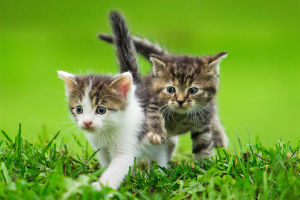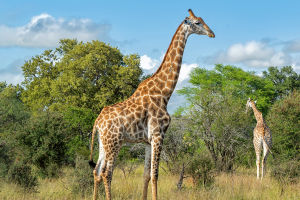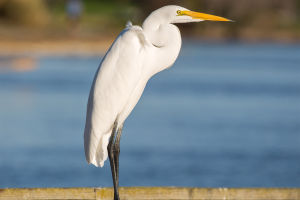Lykkers, have you ever spotted a roe deer grazing peacefully at the edge of a forest? Known for their graceful movement and large, expressive eyes, roe deer are among the most iconic inhabitants of Europe’s woodlands and meadows.
These small, agile deer possess fascinating traits that make them highly adapted to a wide range of environments. Let’s explore the intriguing life of the roe deer and uncover what makes them such remarkable creatures in the animal kingdom.
Adaptable Foragers
Roe deer are highly adaptable browsers, with a diet that includes leaves, herbs, berries, grasses, and even buds from trees. This diverse diet allows them to thrive across various environments, from forests and woodlands to farmlands and open fields.
Unlike grazing animals, who primarily eat grass, roe deer browse on a wide variety of plants, allowing them to easily adjust to seasonal changes. Their selective feeding behavior also supports biodiversity in their habitat by controlling plant overgrowth and promoting a balanced ecosystem.
Small Yet Resilient
Standing at about 65-75 cm at the shoulder, roe deer are relatively small compared to other deer species, with a weight typically ranging from 15 to 30 kg. Despite their size, they are known for their agility and quick reflexes. Their powerful hind legs enable them to leap over obstacles and cover ground swiftly, which is essential for evading predators.
The roe deer’s compact size also allows it to navigate dense vegetation with ease, further contributing to its success in a variety of landscapes.
Complex Social Behavior
Roe deer are primarily solitary, but they display complex social behaviors depending on the season. During the breeding season, or “rut,” which occurs in late summer, males become highly territorial. They defend their chosen areas fiercely, often engaging in “antler clashes” with other males to assert dominance.
Outside of the rut, roe deer are more solitary, but in harsh winter conditions, they may form loose groups to improve their chances of survival through cooperative vigilance and warmth.
Unique Reproductive Cycle
One of the most fascinating aspects of roe deer biology is their reproductive cycle, which includes delayed implantation. After mating during the summer rut, the fertilized egg undergoes a period of dormancy and doesn’t implant into the uterus for several months. This ensures that fawns are born in the late spring or early summer when food is abundant.
This adaptation gives fawns the best chance of survival during their early, vulnerable weeks of life.
How to Spot a Roe Deer
If you’re interested in observing roe deer in their natural habitat, early mornings and late evenings are the best times. They are naturally cautious and blend well with their surroundings, so a quiet approach is essential. Look for their distinctive white rump patch, which is more visible during movement, and keep an ear out for their bark-like call, especially if they sense a nearby threat.
The Bottom Line
With their agility, adaptive foraging habits, and unique reproductive strategies, roe deer are an extraordinary species that continue to captivate wildlife enthusiasts and researchers alike. These elegant creatures embody resilience and adaptability, playing a vital role in the ecosystems they inhabit.
So, Lykkers, next time you glimpse a roe deer in the wild, take a moment to appreciate the beauty, survival skills, and ecological impact of this gentle and graceful forager.


